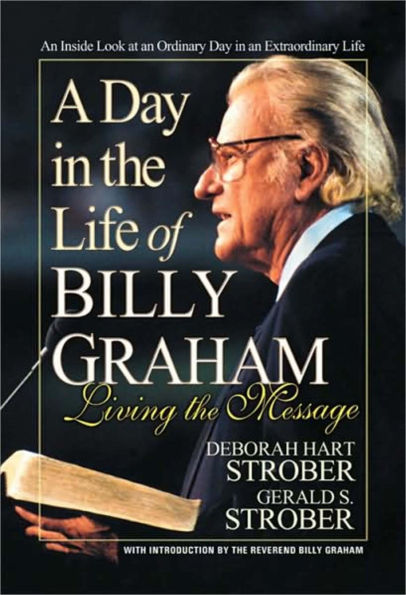Based on events that took place over several days, spanning a period of years, this book offers a unique up-close-and-personal view of Billy Graham’s life. It allows you to accompany the evangelist on two crusades; travel with him to Israel; and visit with him in his home, where he conducts business, but also finds time to relax with his wife, Ruth Bell Graham. This work demonstrates Graham’s unyielding belief that the power of God can transform people’s lives.
Based on events that took place over several days, spanning a period of years, this book offers a unique up-close-and-personal view of Billy Graham’s life. It allows you to accompany the evangelist on two crusades; travel with him to Israel; and visit with him in his home, where he conducts business, but also finds time to relax with his wife, Ruth Bell Graham. This work demonstrates Graham’s unyielding belief that the power of God can transform people’s lives.

A Day in the Life of Billy Graham: Living the Message
208
A Day in the Life of Billy Graham: Living the Message
208
Product Details
| ISBN-13: | 9780757050923 |
|---|---|
| Publisher: | Square One |
| Publication date: | 04/11/2012 |
| Series: | Epub |
| Sold by: | Barnes & Noble |
| Format: | eBook |
| Pages: | 208 |
| File size: | 5 MB |
